In Photos: How These Stunning Natural Bridges Form and Why They're So Gorgeous
Stunning sights
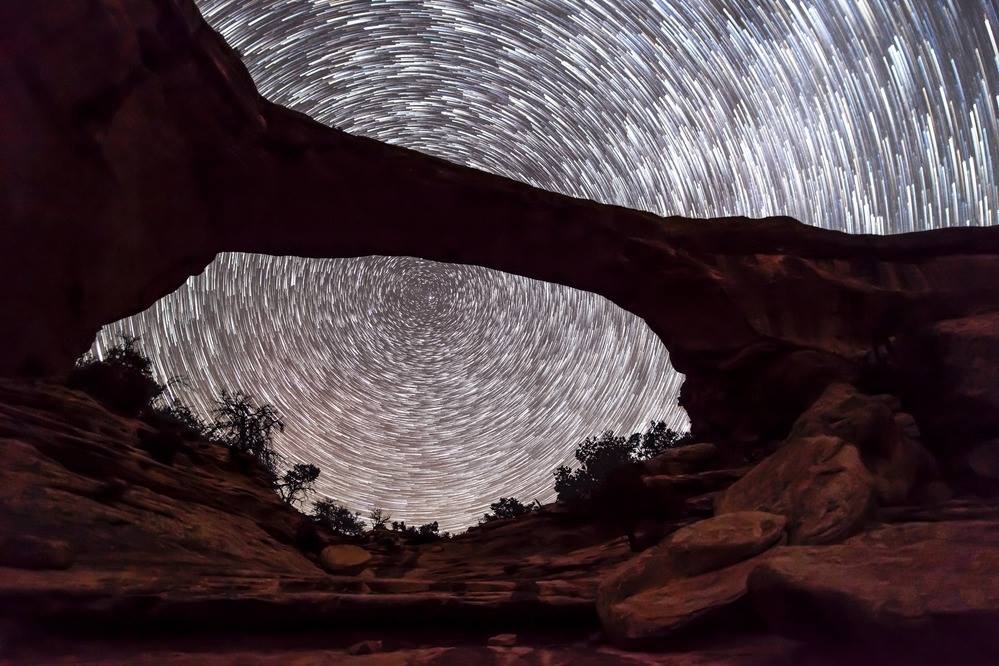
The desert landscape of southeastern Utah is known for its vivid and radiant color. In this remote part of the Colorado Plateau, the presence of iron in the local rocks has resulted in mesas of brilliant orange-red, shades of green and even spectacular yellow-orange limonite. Below the tree-covered mesas are deep canyons composed of Cedar Mesa Sandstone, which is best known for its white color. And here in the kaleidoscope of natural color are found three massive natural bridges that are the namesake for the wonders found at Natural Bridges National Monument. This photo shows a time-lapse view of the nighttime sky above Natural Bridges National Monument.
The old man
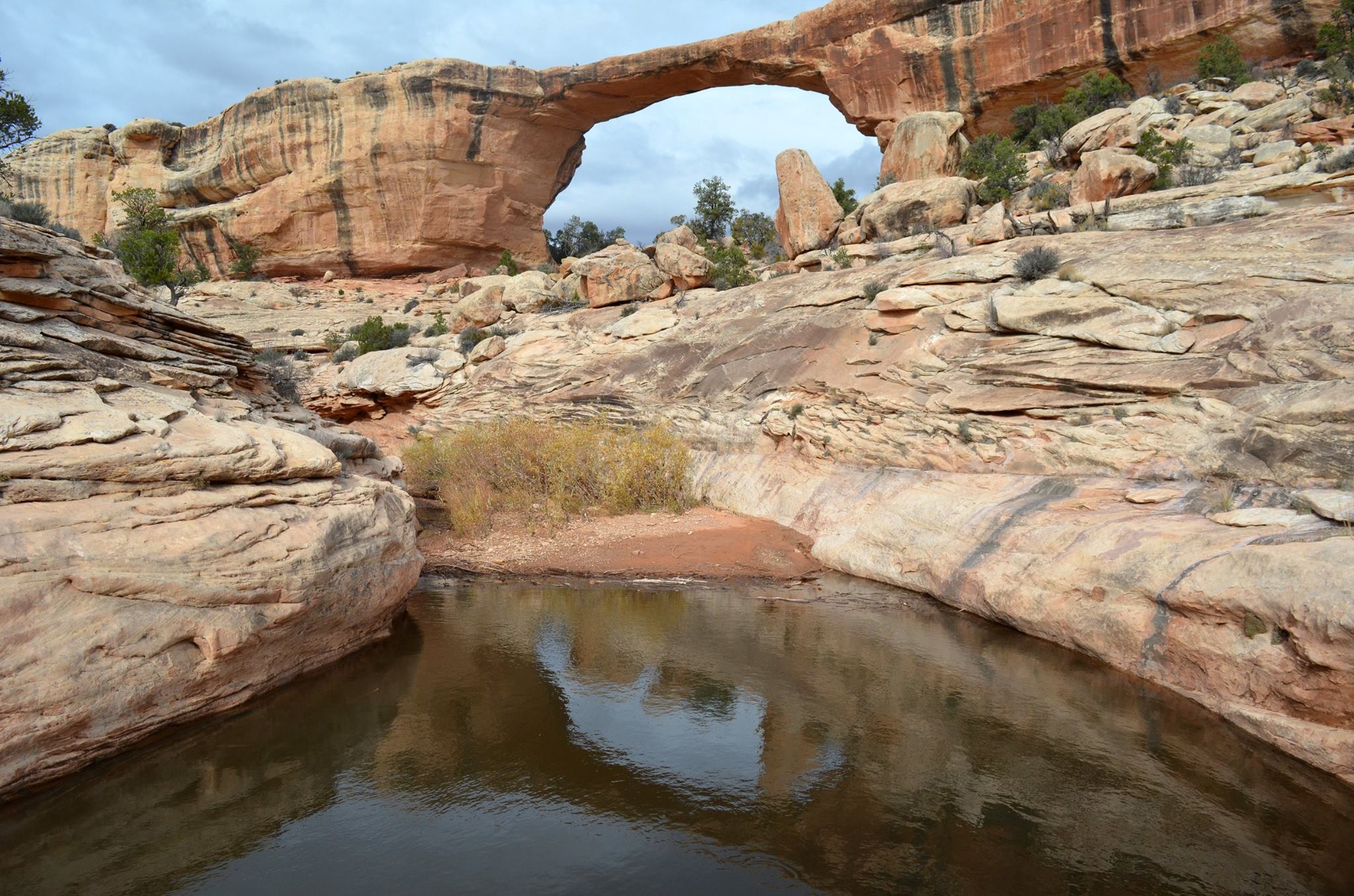
Owachomo Natural Bridge is believed to be the oldest of the three natural bridges. It is also the smallest and thinnest. Its Hopi name comes from a rock formation found on its east end and referred to in the Hopi language as an owachomo or rock mound. Local names for this natural bridge over the years have included Edwin, Little Bridge and Congressman.
Creating beauty
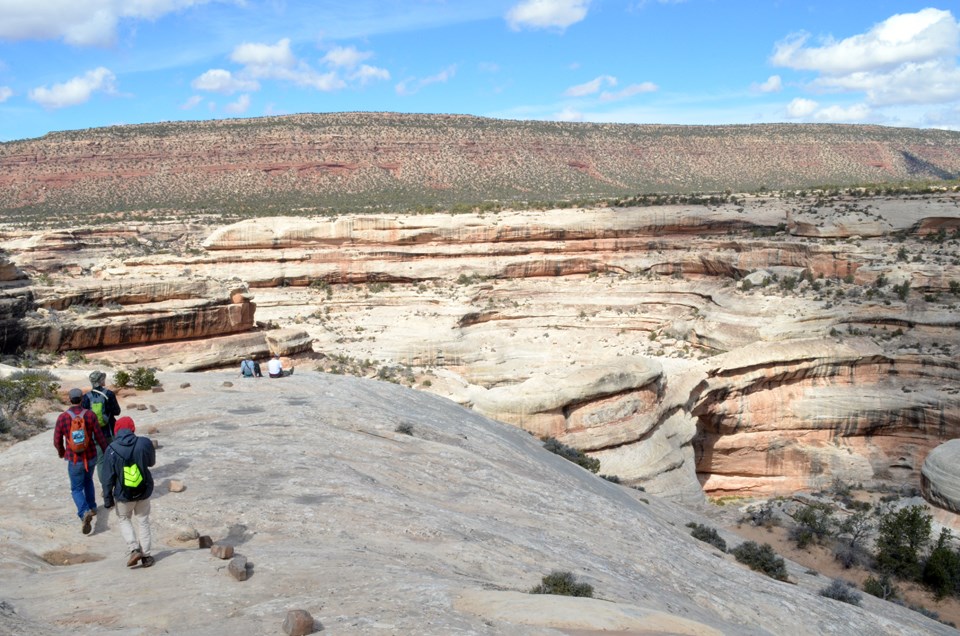
Some 10 million years ago, colliding tectonic plates began to push this part of North America upward. The rise was slow but continued for thousands of years, creating the high desert environment of the Colorado Plateau that we see today. Over this time, the forces of erosion continued, ultimately creating two deep and winding canyons now found within the national monument. These canyons provide visual evidence of the power of water running over and through rock and the constant change that running water has on a landscape. Colorful Cedar Mesa and the white quartz sandstone of the ancient beaches are easily seen in this photo.
Unique creations
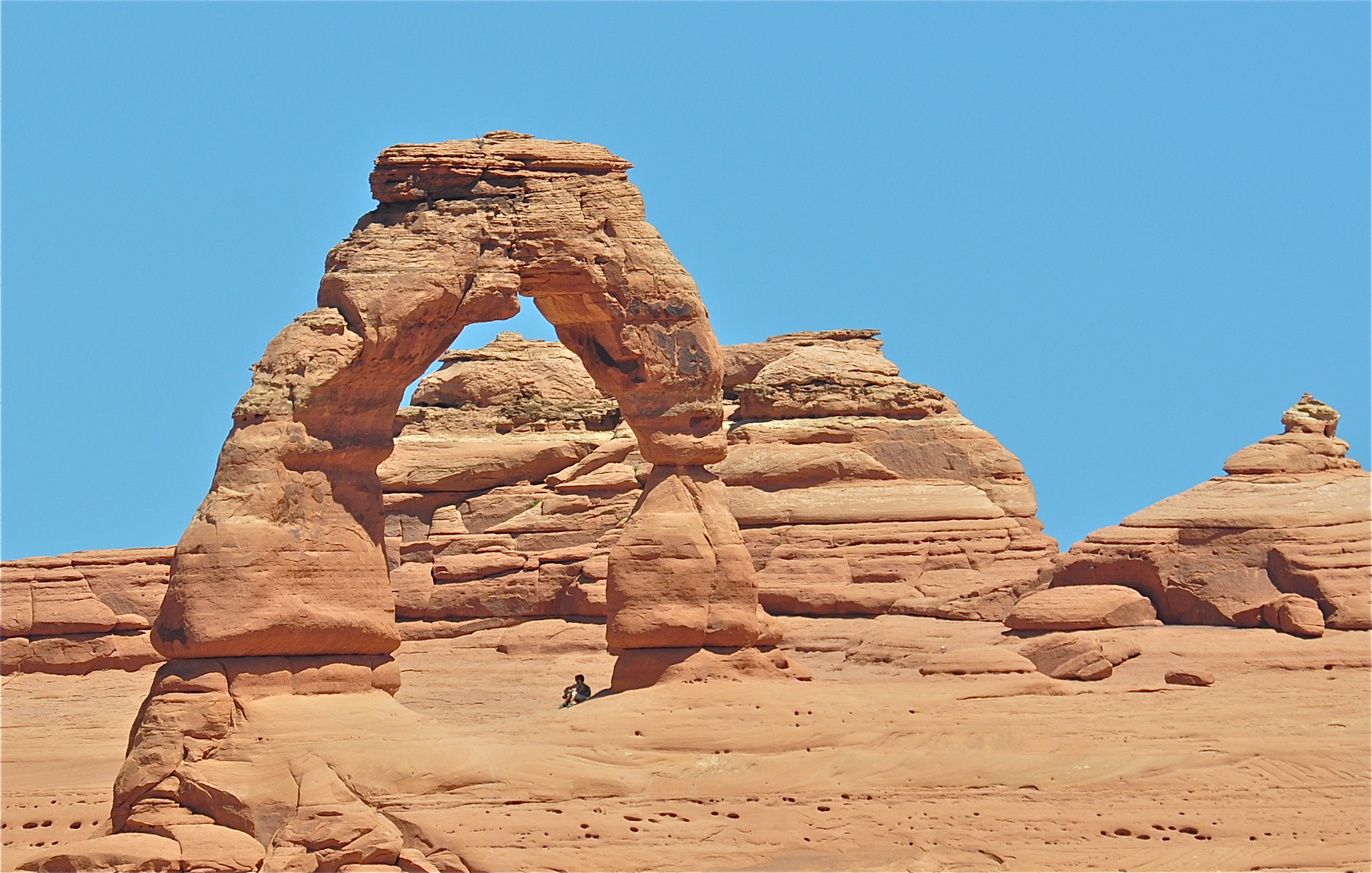
Arches and bridges are both created by water and time, but the process that creates each is different. Both arches and bridges are fragile, short-lived geological formations. An arch, like Delicate Arch shown here and found at Arches National Park, was created by seeping water and frost. However, running water created the three natural bridges found at Natural Bridges National Monument. Geologist believe that these three natural bridges are only about 5,000 years old — almost brand new when considering geological time.
Historic names
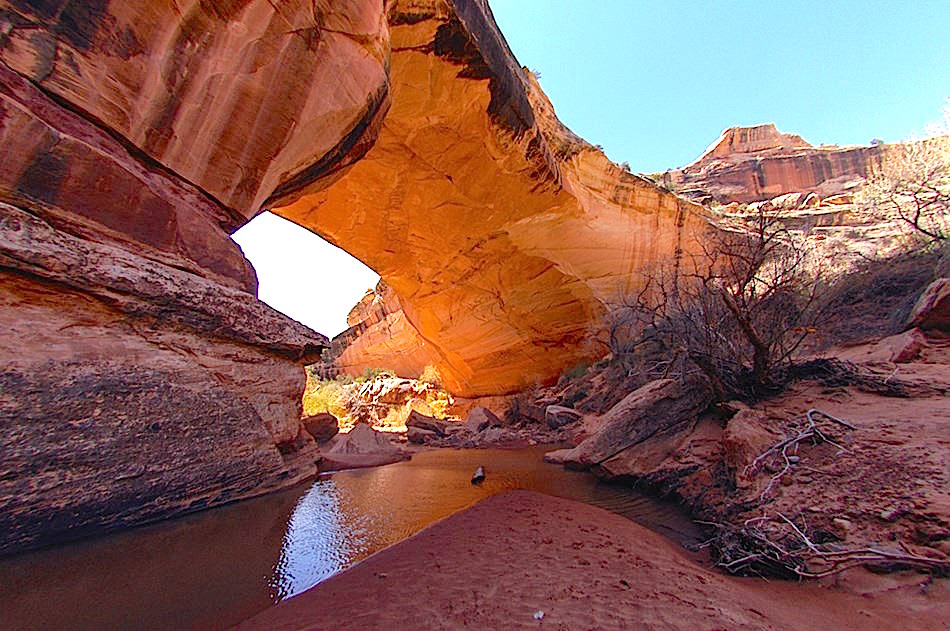
U.S. government surveyor William Douglas gave the three natural bridges found within the national monument their official names — Kachina, Owachomo and Sipapu. All three names come from the Hopi culture, an Uto-Aztecan language-based culture whose ancestral pueblo home once included this high desert region. Kachina Natural Bridge is shown here. Kachina are the spirit gods of the Hopi people who are often represented even today as ceremonial dancers. Douglas had found petroglyphs and pictographs of dancing figures at the base of this bridge. Over the years, locals have called the bridge Senator and even Caroline, after a local cowboy's mother.
A young'un
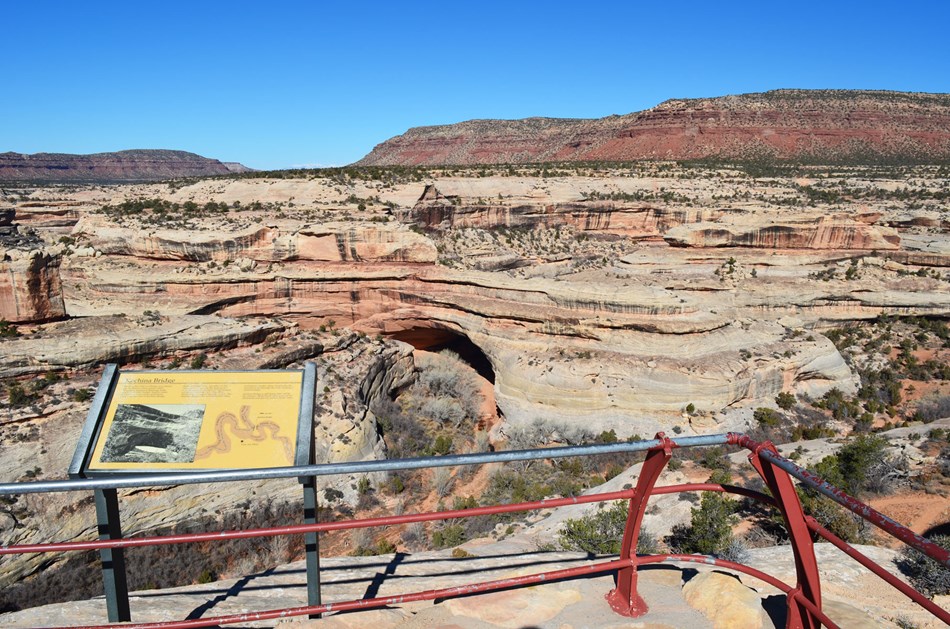
Kachina Natural Bridge is the middle of the three natural bridges and also the youngest of the three. Its opening is rather small when compared with the other two bridges. It is 210 feet (64 m) high, 204 feet (62 m) long and 44 feet (13 m) wide. Changes are a constant for all three natural bridges, as evidenced by some 4,000 tons (3,629 metric tons) of rock falling from the underside of Kachina Natural Bridge in 1992.
Dazzling beaches?
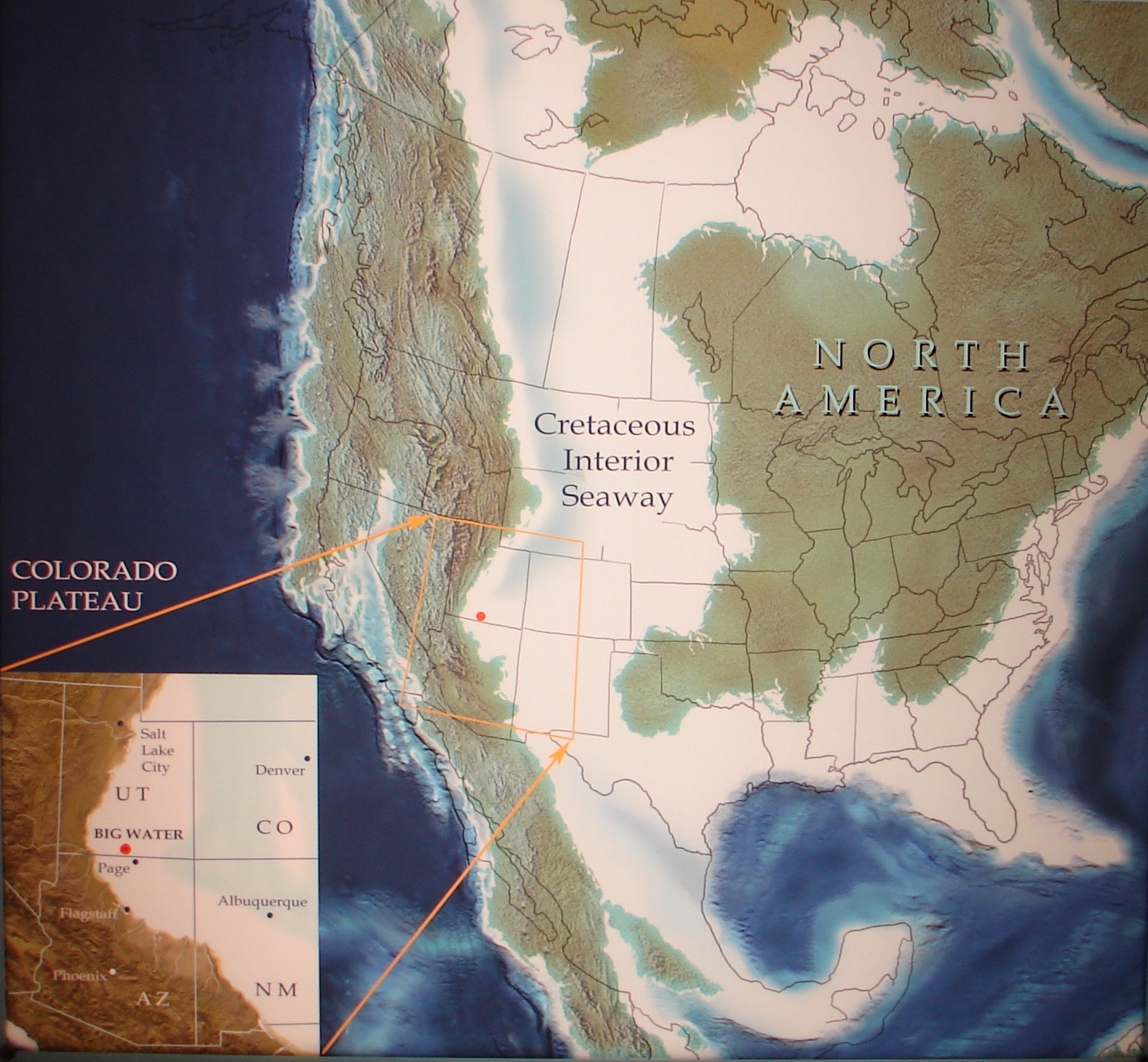
Geologists have long documented that this part of the North American continent has seen an ebb and flow of ancient shallow seas. Some 260 million years ago, the landscape where the natural bridges stand today was a large beach of dazzling white sand. Ancient waves washed away almost all of the darker minerals, leaving only the white quartz sand beaches. Other seas soon covered the white beaches with layers of sand, silt and mud, which can be seen today in the rock strata on the canyon walls.
Ageless
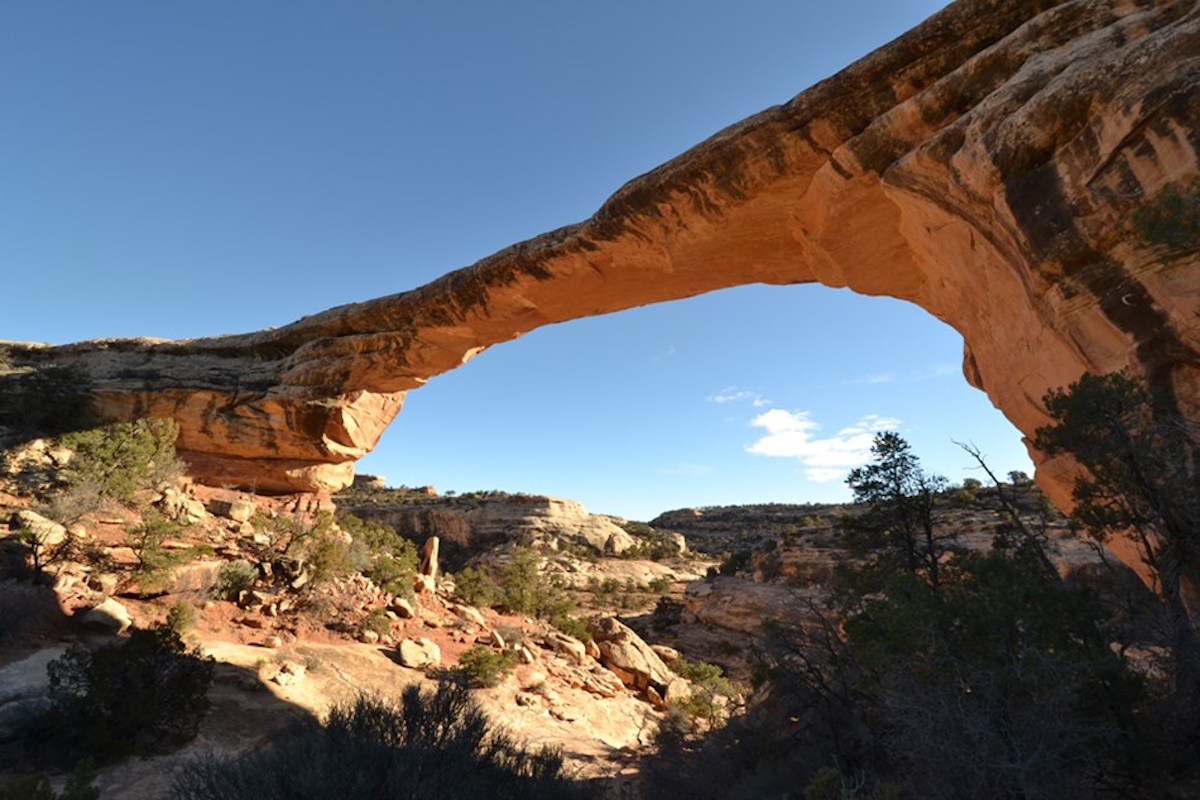
Owachomo Natural Bridge is made of pale sandstone. Even though it is probably the oldest of the natural bridges, geologists can't determine an actual age, since sandstone erodes at varying rates. Owachomo is 106 feet (32 m) tall, 180 feet (55 m) long 27 feet (8 m) wide. Owachomo Natural Bridge is the easiest of the bridges to visit at the national monument, requiring just a 10-minute hike. It is also accessible to visitors every season of the year.
Most spectacular bridge
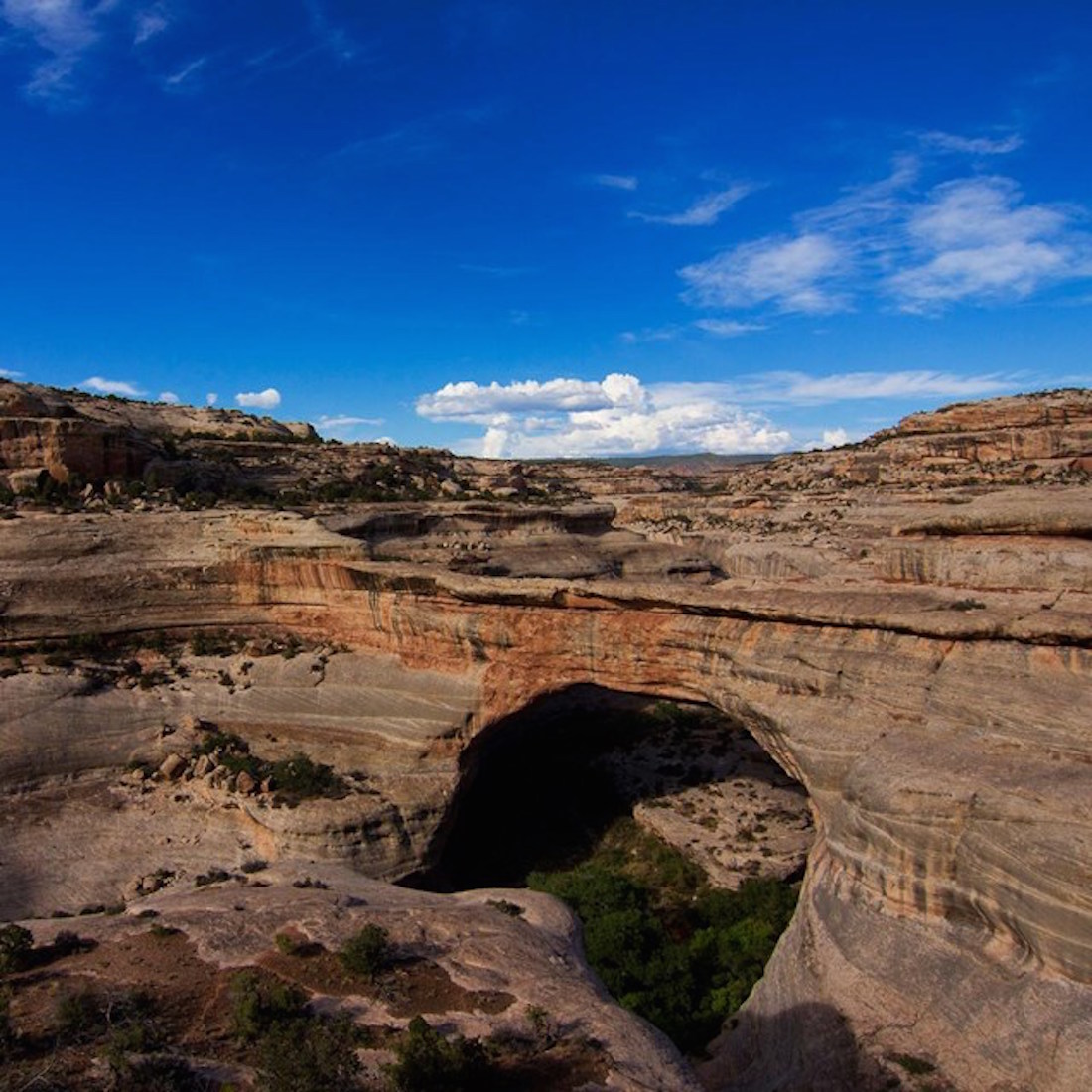
Sipapu (See-pa-poo) is the largest and considered the most spectacular of the three natural bridges found within the national monument. The smooth shape of its opening is evidence of the centuries of rushing water — carrying scouring rocks and sands — that has passed through it.
For the Hopi people, a sipapu is a sacred opening between the various Hopi worlds. It represents a gateway through which souls pass to and from the spirit world. Local names for this large natural bridge include President and Augusta.
Worth the work
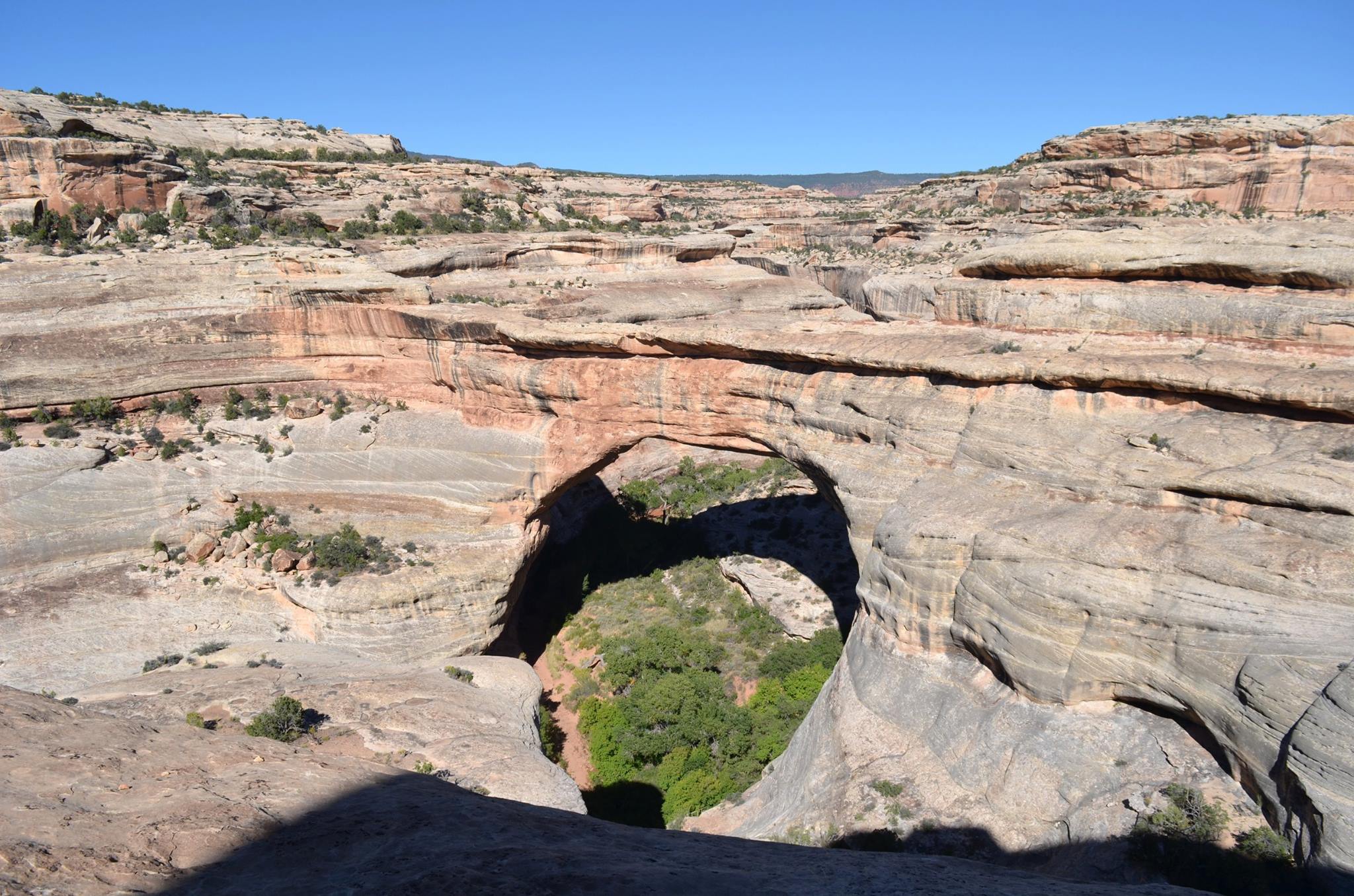
Hiking to Sipapu Natural Bridge is a steep and rocky journey. Good hikers will take from 1-2 hours for the round-trip adventure. Stairs and wooden ladders are found along the trail to aid hikers. Sipapu Natural Bridge is 220 feet (67 m) tall, 268 feet (82 m) long and 31 feet (9.5m) wide. Sipapu Natural Bridge is considered the second largest natural bridge in the United States behind only Rainbow Bridge found in the Glen Canyon National Recreation Area of Utah.
Evidence of people past
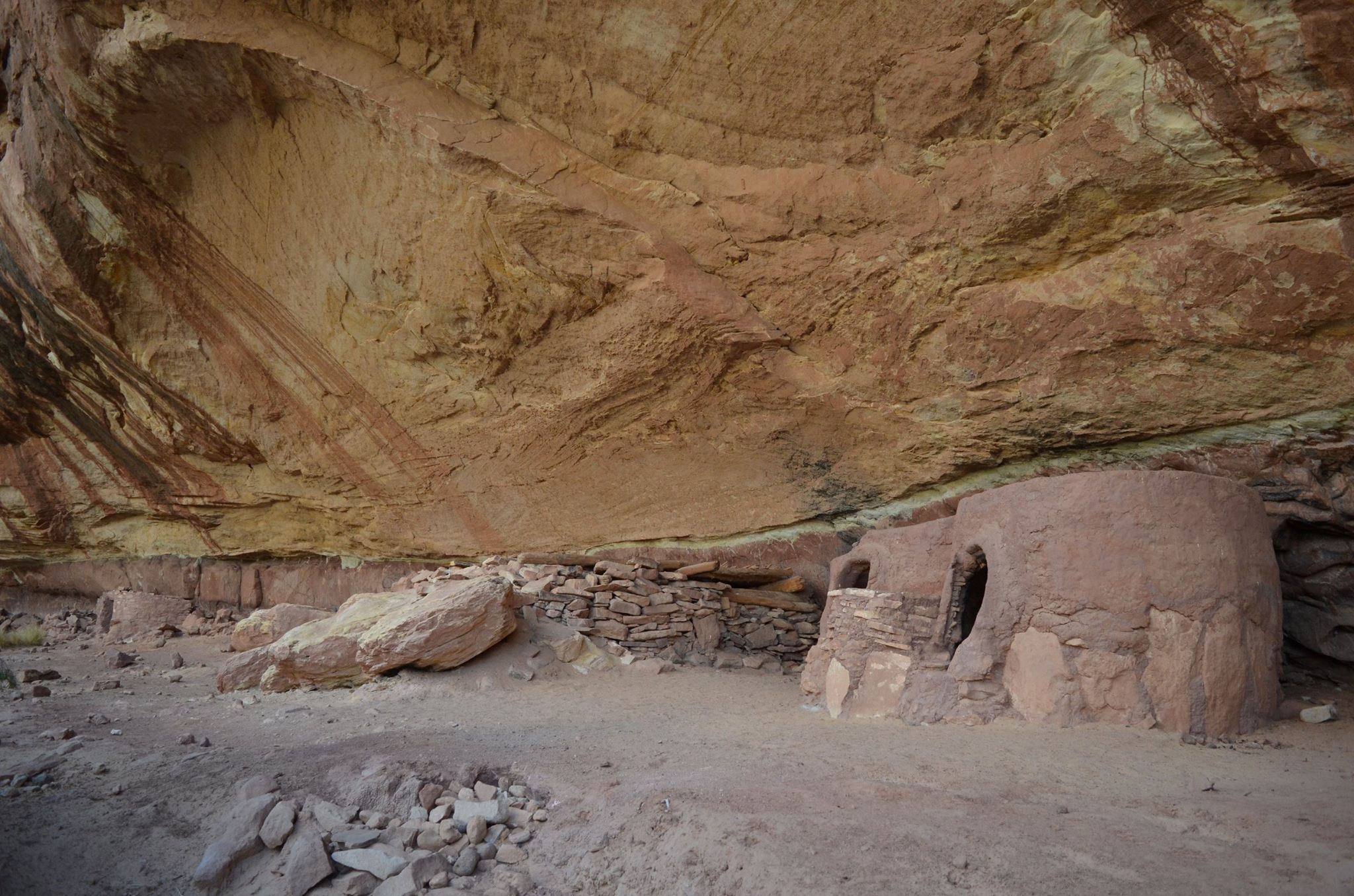
Within the national monument are well preserved ruins of the ancestral Puebloan. Horse Collar Ruin, shown here, is named after two ancient structures whose doorways resemble horse collars. The ruins were first discovered in the 1880s and were scientifically excavated by archaeologists in 1907. The ruins at that time contained one large kiva with the roof almost intact and a ladder still extending from the ancient sipapu. Arrowheads and broken pottery were also documented on the ground. Ruins like Horse Collar Ruins are the considered sacred places, and all visitors are asked to show respect.
Sign up for the Live Science daily newsletter now
Get the world’s most fascinating discoveries delivered straight to your inbox.










